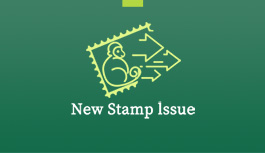Postal Business: 8610 11185
Postal Savings: 8610 95580
Logistics and EMS: 8610 11183
China Post Life: 8610 4008909999
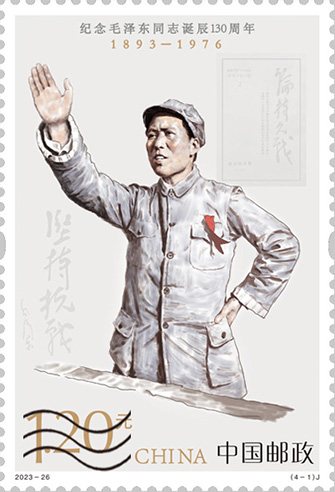 The 130th Anniversary of Comrade Mao Zedong’s B...2023-26
The 130th Anniversary of Comrade Mao Zedong’s B...2023-26China Post is to issue a set of four commemorative stamps entitled The 130th Anniversary of...
 Integrated Development of the Yangtze River Delt...2023-25
Integrated Development of the Yangtze River Delt...2023-25China Post is to issue a set of four special stamps entitled Integr...
 Innovations in Science and Technology (Series 4)...2023-23
Innovations in Science and Technology (Series 4)...2023-23China Post is to issue a set of five commemorative stamps entitled ...
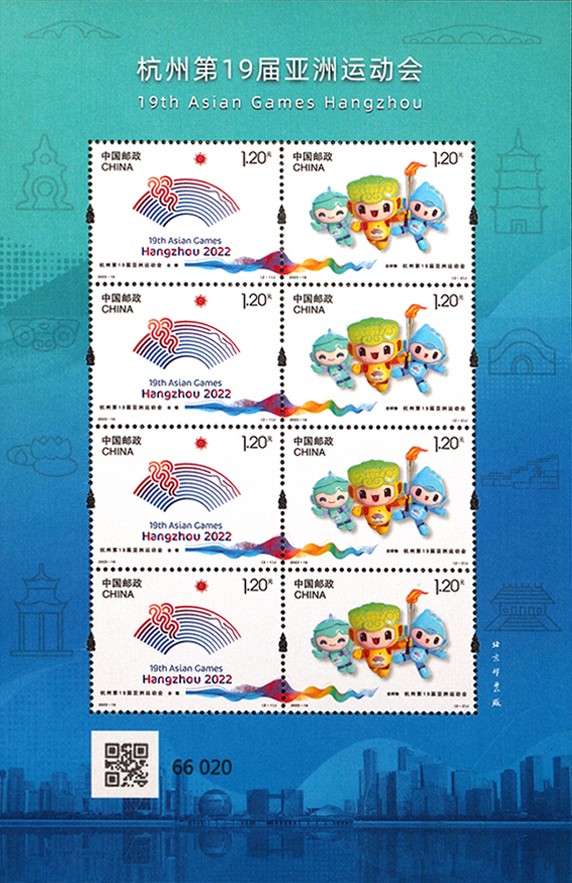 19th Asian Games Hangzhou 2022...2023-19
19th Asian Games Hangzhou 2022...2023-19China Post is to issue a set of two commemorative stamps entitled 1...
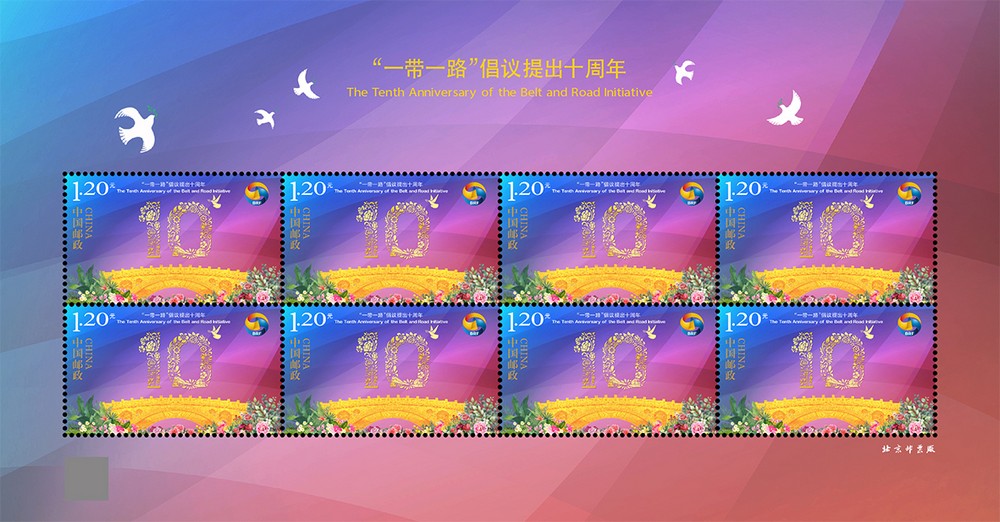 The 10th Anniversary of the Belt and Road Initia...2023-17
The 10th Anniversary of the Belt and Road Initia...2023-17China Post is to issue a set of one commemorative stamp entitled Th...

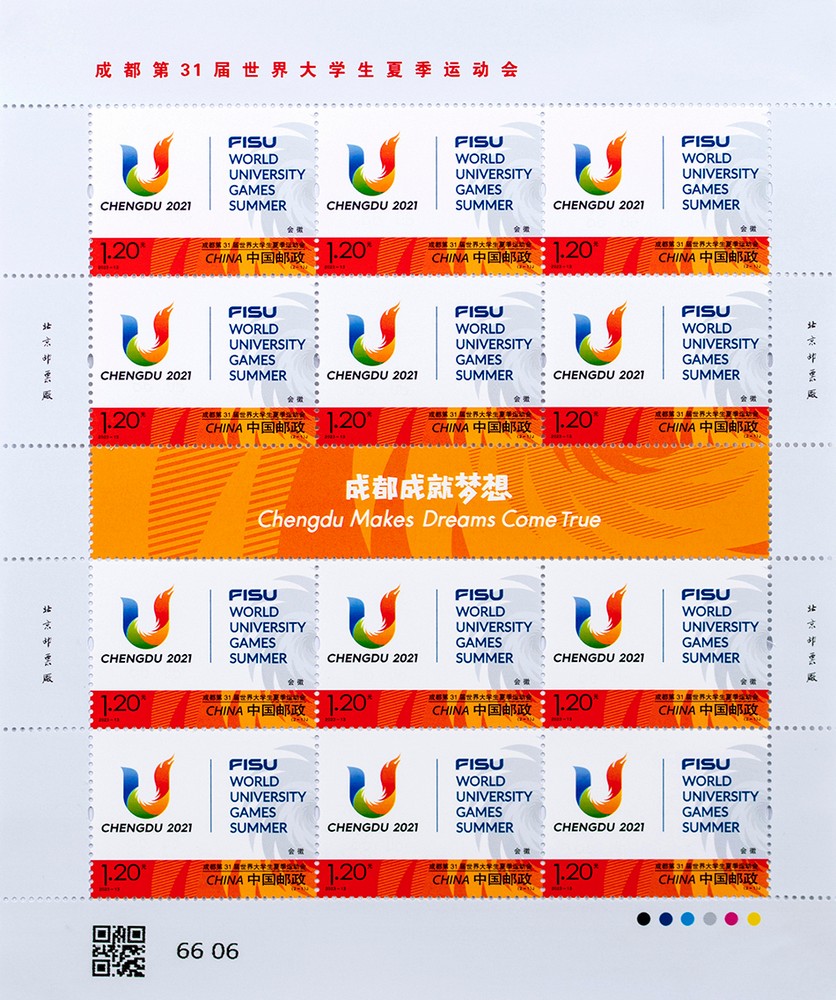 The 31st FISU Summer World University Games Chen...2023-13
The 31st FISU Summer World University Games Chen...2023-13China Post is to issue a set of two commemorative stamps entitled T...
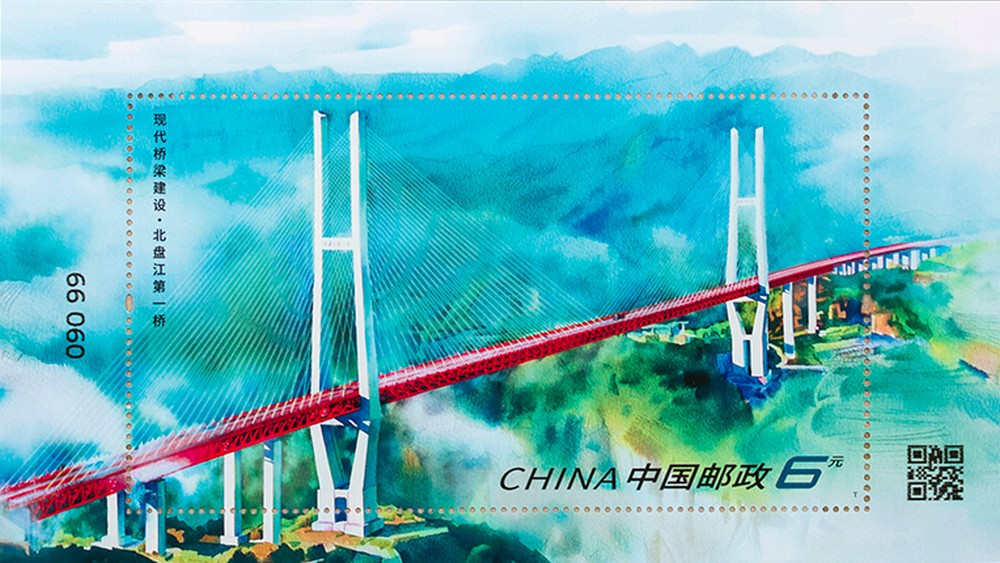 Modern Bridge Construction...2023-11
Modern Bridge Construction...2023-11China Post is to issue a set of three special stamps and a souvenir she...
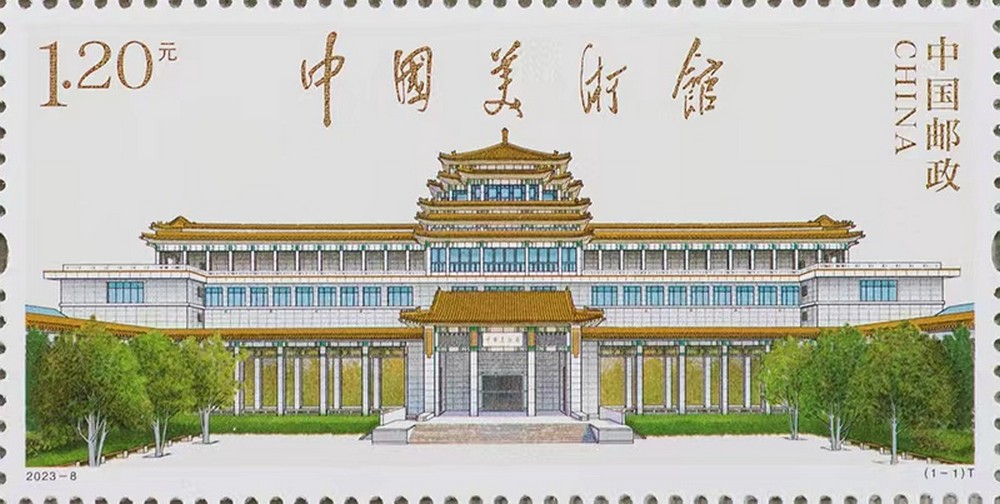 The National Art Museum of China...2023-8
The National Art Museum of China...2023-8China Post is to issue a special stamp entitled The National Art Mu...
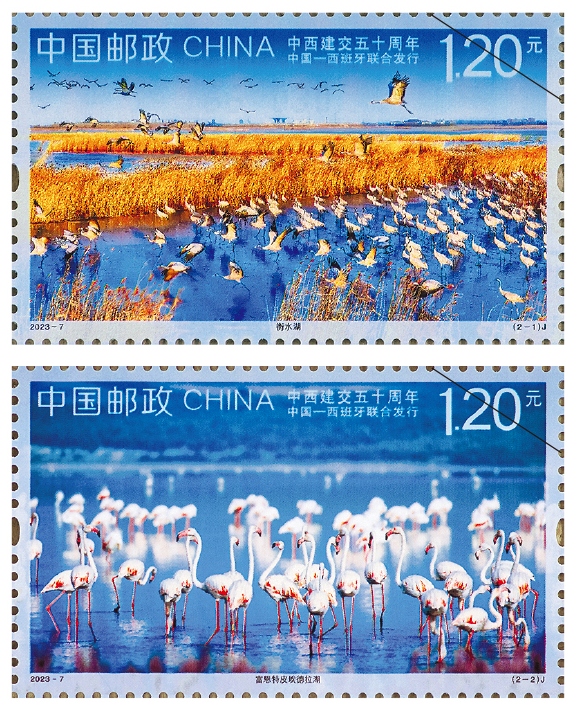 The 50th Anniversary of China-Spain Diplomatic R...2023-7
The 50th Anniversary of China-Spain Diplomatic R...2023-7China Post is to issue a set of two commemorative stamps under the titl...
 Masterpieces of Chinese Classical Literature - J...2023-5
Masterpieces of Chinese Classical Literature - J...2023-5China Post is to issue a set of 4 special stamps and 1 souvenir sheet e...
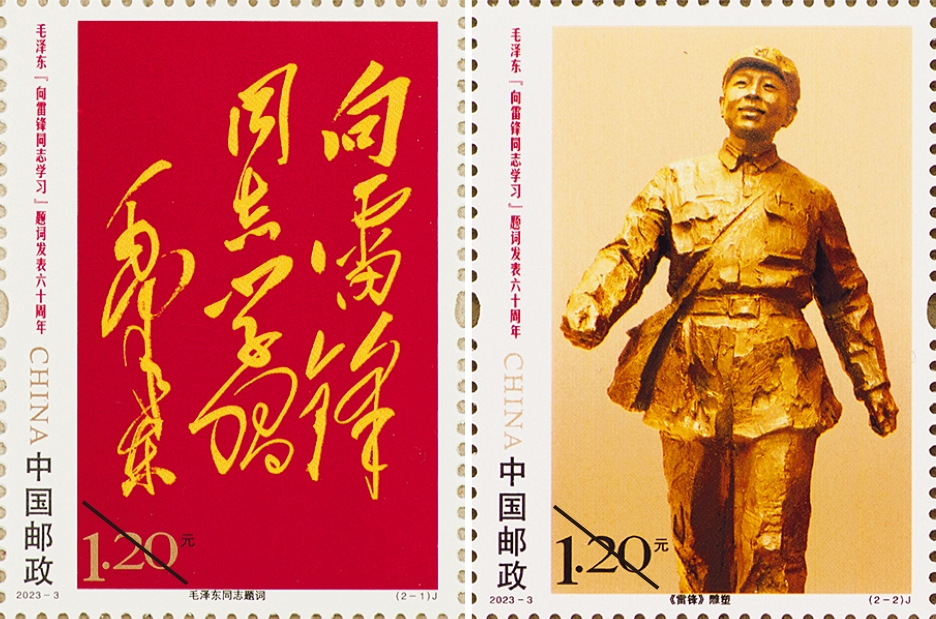 The 60th Anniversary of the Publication of Mao Z...2023-3
The 60th Anniversary of the Publication of Mao Z...2023-3China Post is to issue a set of two commemorative stamps entitled T...
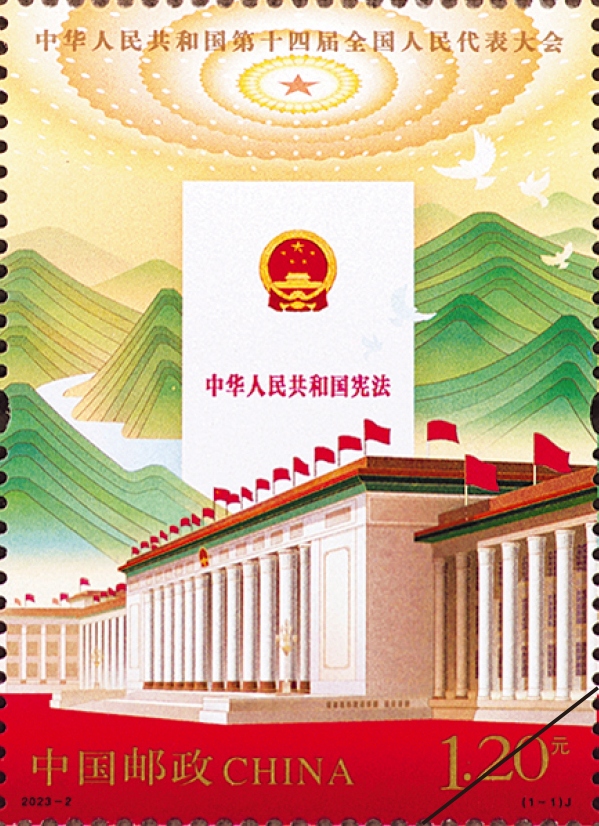 The 14th National People's Congress of the Peopl...2023-2
The 14th National People's Congress of the Peopl...2023-2On March 5, China Post is to issue a commemorative stamp entitled T...




